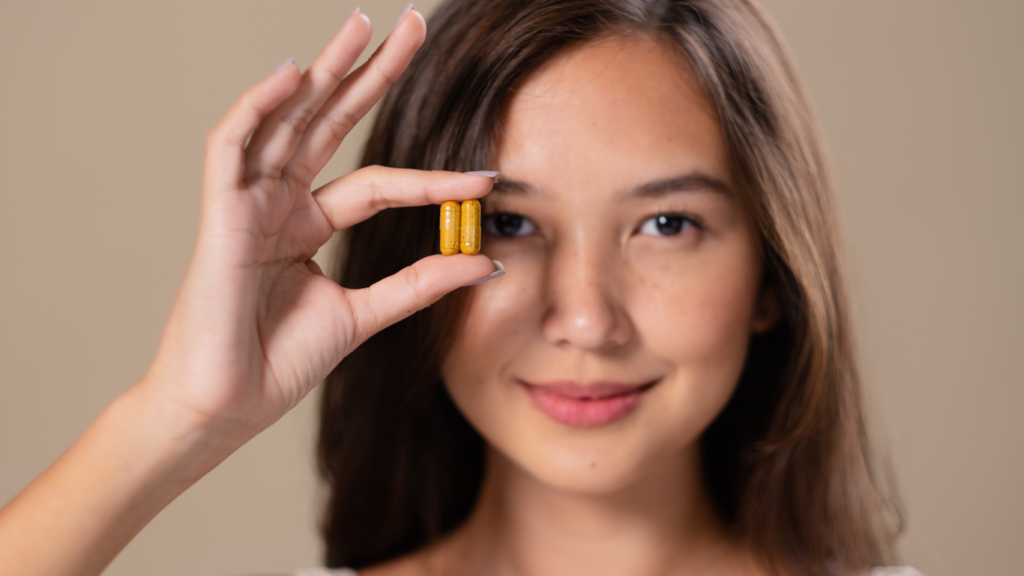Biohacking has always fascinated me. The idea of enhancing the body and mind through science and technology feels like something straight out of a sci-fi movie. But now, with artificial intelligence in the mix, biohackers are taking performance optimization to an entirely new level.
Understanding Biohacking And Its Goals
Biohacking focuses on enhancing body and mind through intentional, science-based interventions. It combines biology, technology, and personal experimentation to:
- improve health
- productivity
- overall performance
The main goals of biohacking include optimizing physical health, boosting mental clarity, and extending longevity. For physical health, biohackers rely on tools like wearable devices and apps to track biomarkers like heart rate, sleep patterns, and blood glucose levels. Mental clarity improvements often involve cognitive enhancers, meditation techniques, or neurofeedback. To support longevity, biohackers follow strategies like caloric restriction, intermittent fasting, or using supplements with proven anti-aging effects.
AI enhances these goals by offering advanced data analysis, personalized recommendations, and predictive insights.
The Role Of AI In Biohacking
AI has become a central component in the biohacking movement, enabling individuals to achieve precise, measurable improvements in both physical and mental performance. By leveraging advanced technologies, biohackers customize interventions and track outcomes with unparalleled accuracy.
Key AI Technologies Used
- AI-powered algorithms and machine learning models process vast amounts of health data to deliver actionable insights. For example, natural language processing (NLP) tools analyze wellness reports, wearable biosensors use AI to monitor vital signs in real time, and neural networks optimize training programs.
- Chatbots and virtual assistants also guide biohackers, providing instant feedback on lifestyle changes.
- Generative AI tools assist biohackers by creating simulated outcomes for experimenting with interventions. For instance, some use predictive modeling to test diet changes before implementation.
- Computer vision systems further improve biohacking accuracy by analyzing body movements and posture for fitness enhancement.
Data Collection And Analysis For Performance
Effectively gathering and analyzing data is crucial for performance optimization. AI uses wearables, like smartwatches and continuous glucose monitors, to collect metrics such as heart rate variability, sleep patterns, and glucose levels. These devices provide a comprehensive view of one’s physical condition.
AI automates data analysis, minimizing manual work. For example, platforms like WHOOP and Oura use AI to translate raw data into insights, identifying trends like stress triggers or recovery inefficiencies. Machine learning models then generate targeted recommendations, such as adjusting sleep schedules or optimizing workout intensity.
In mental performance, AI tracks metrics like cognitive load, attention span, and mood variations using apps based on EEG readings or facial recognition. Biohackers rely on this analysis to refine personalized routines for sustained focus and productivity.
Popular AI-Driven Tools And Techniques

AI-focused tools and methods are central to biohacking, offering personalized, actionable pathways to enhanced performance. From wearable devices to cognitive apps, these innovations are transforming how I approach health and productivity.
Wearable Devices And Sensors
Wearable devices use AI to monitor and analyze physical metrics in real time. Tools like Fitbit and WHOOP track heart rate variability, oxygen saturation, and sleep stages. Biosensors, such as continuous glucose monitors, provide ongoing insights into metabolic activity. By leveraging this data, I can fine-tune my workout intensity, recovery periods, and daily routines for better physical performance.
Personalized Nutrition Plans
AI-powered nutrition platforms create meal plans tailored to unique biometrics and lifestyle goals. Apps like Nutrino and Suggestic analyze genetic data, gut microbiome profiles, and health metrics to recommend optimal food choices. By integrating dietary preferences and restrictions, these tools help me enhance energy levels and improve overall nutrition outcomes.
Cognitive Enhancement Applications
Cognitive apps utilizing AI optimize focus, memory, and mental clarity. Platforms like Brain.fm and Syntellect design soundscapes and exercises that boost neural activity based on cognitive states. Real-time tracking of brainwave patterns using neurofeedback tools enhances mindfulness and learning capabilities. These applications support me in achieving sustained productivity and peak mental performance.
Benefits Of AI-Driven Biohacking
AI-driven biohacking offers measurable benefits by enhancing physical output, sharpening mental focus, and providing personalized health interventions. These advancements streamline peak performance and health optimization in unprecedented ways.
Enhanced Physical Performance
AI tools boost physical performance by analyzing real-time data from wearable devices. Metrics like heart rate variability, oxygen saturation, and muscle recovery are monitored using platforms such as WHOOP and Garmin. I optimize workouts by leveraging AI-generated insights on exercise intensity, recovery needs, and injury risk. This data-driven approach ensures performance improvements align with my specific physiological needs.
Improved Mental Clarity
AI enhances mental clarity through cognitive performance tracking and neurotechnology applications. Platforms like Brain.fm use machine learning to create soundscapes that support deep focus. I refine my routines to maximize productivity by reviewing AI-analyzed sleep data and attention patterns. Neurofeedback tools, powered by AI, also assist in regulating cognitive states, reducing brain fog, and supporting sustained concentration.
Tailored Health Solutions
AI provides highly personalized health solutions by integrating individual biomarkers with predictive analytics. Nutrition platforms like Nutrino design meal plans tailored to my genetic profile, activity levels, and dietary preferences. Continuous glucose monitors, coupled with AI-driven platforms, adjust recommendations to stabilize energy levels. Using AI, I address specific health risks and uncover precise strategies for long-term wellness.





